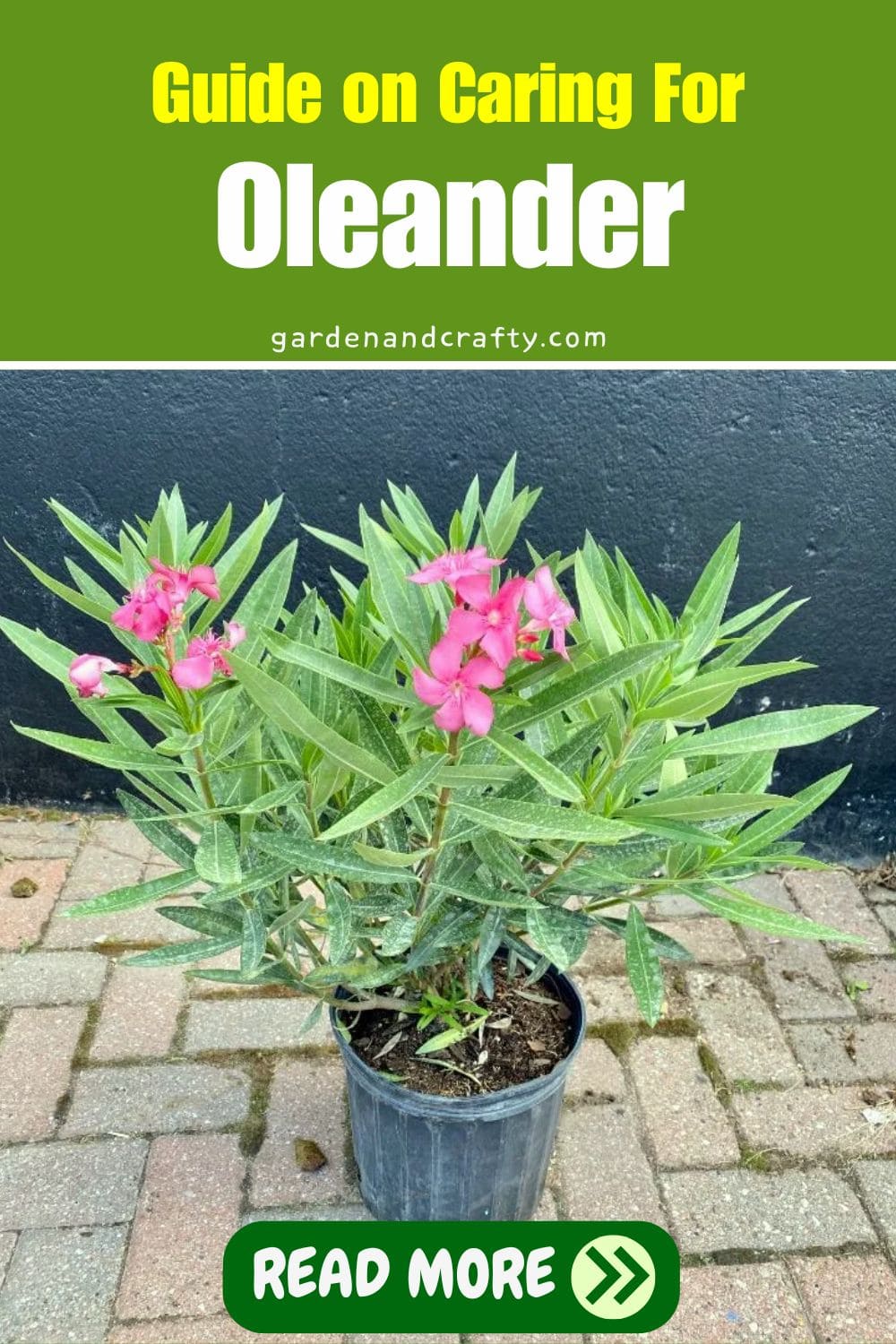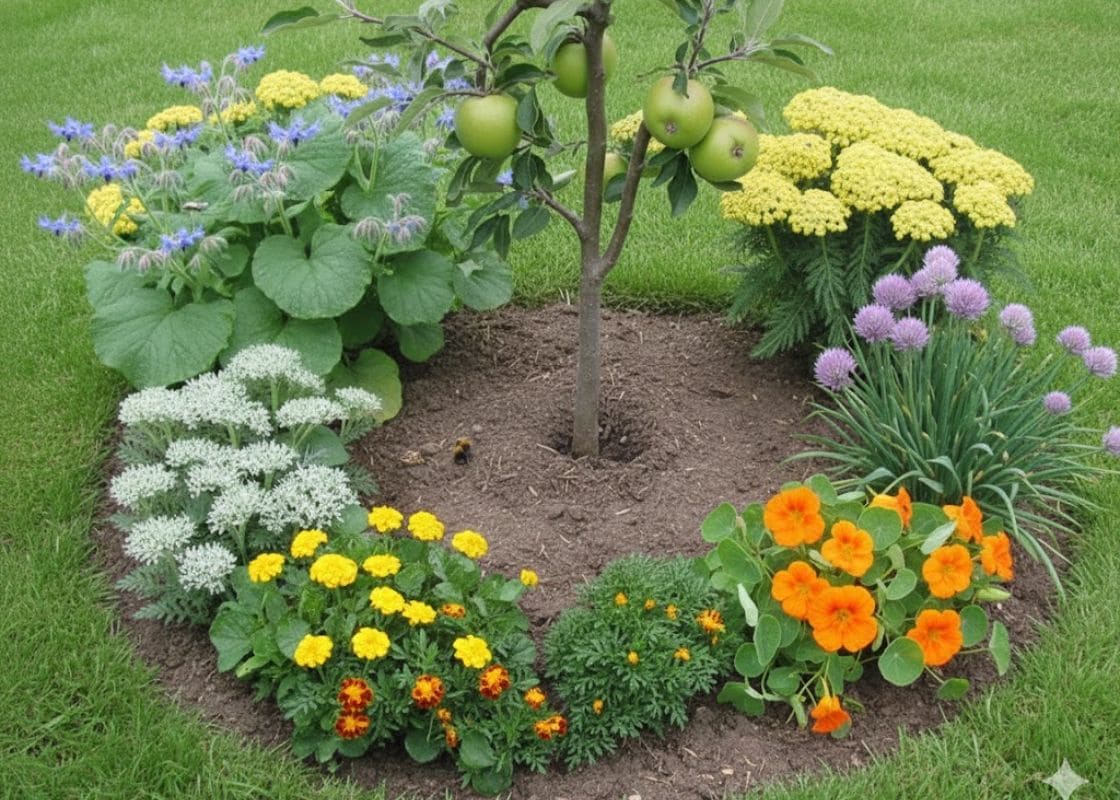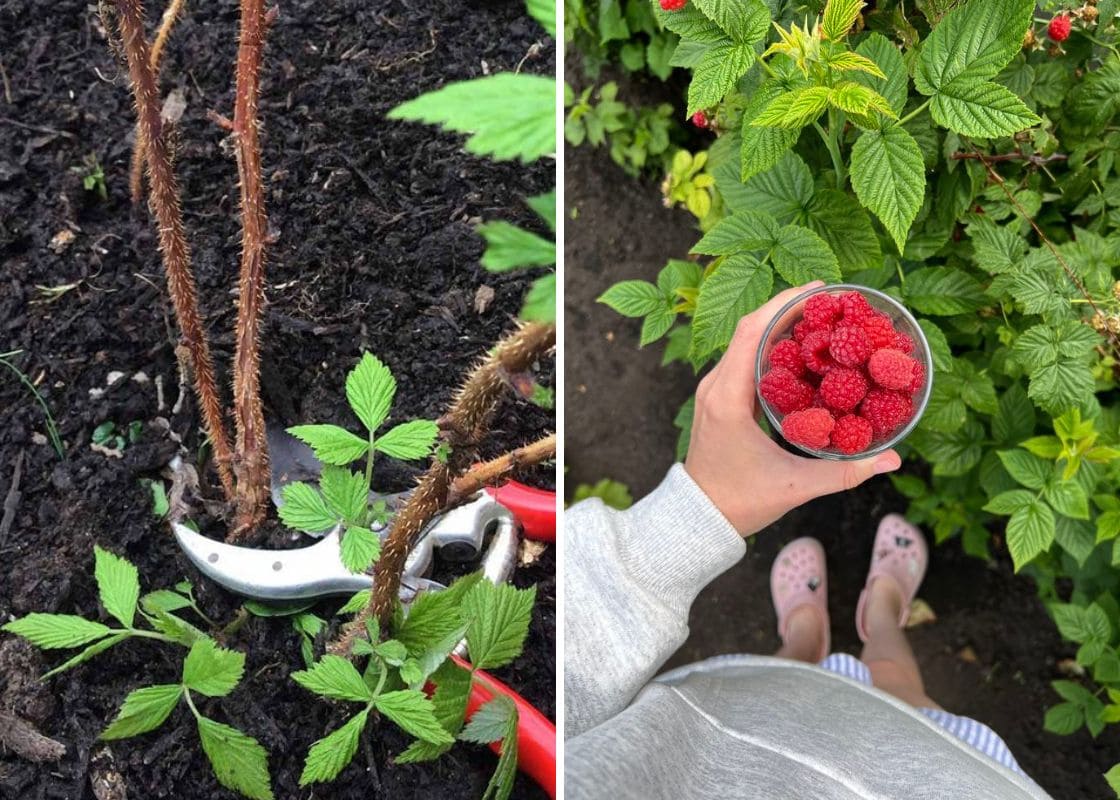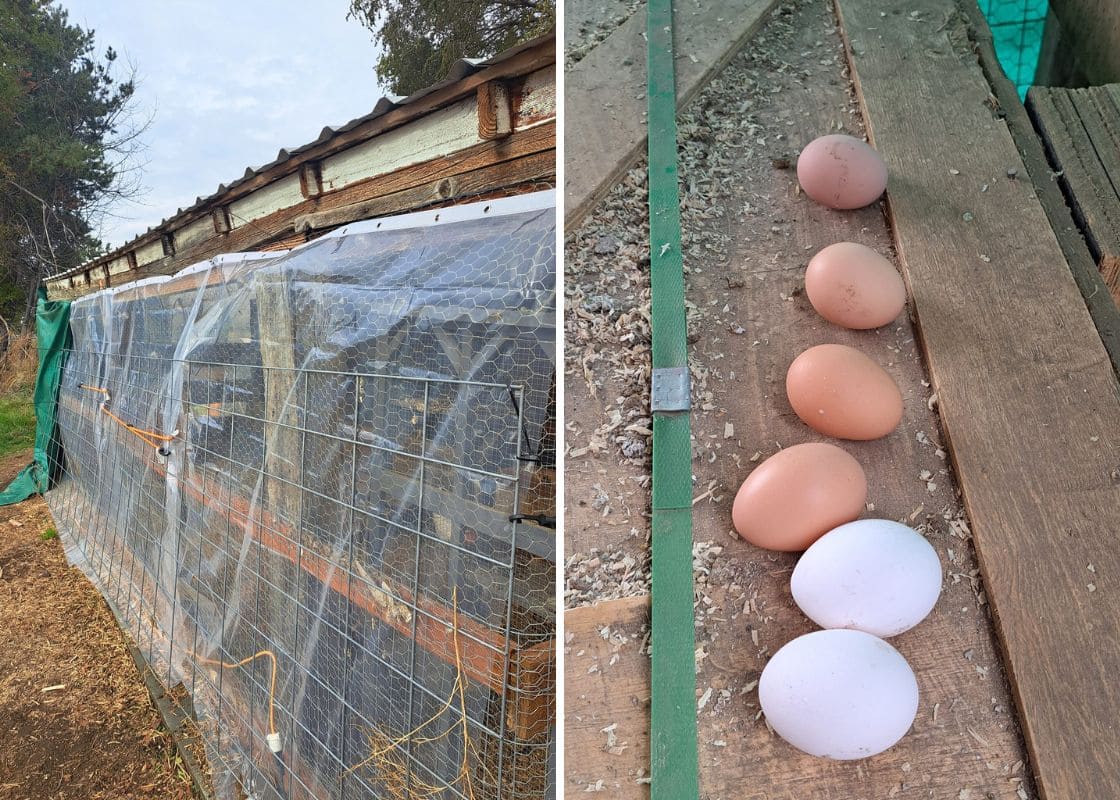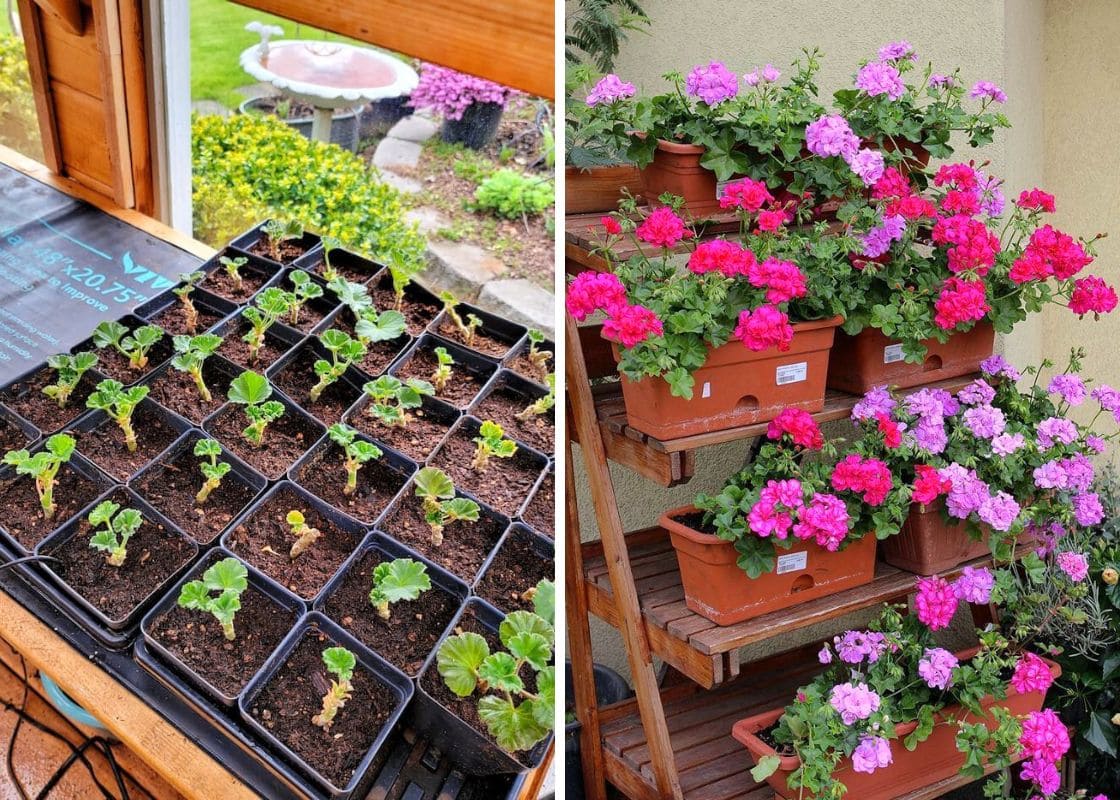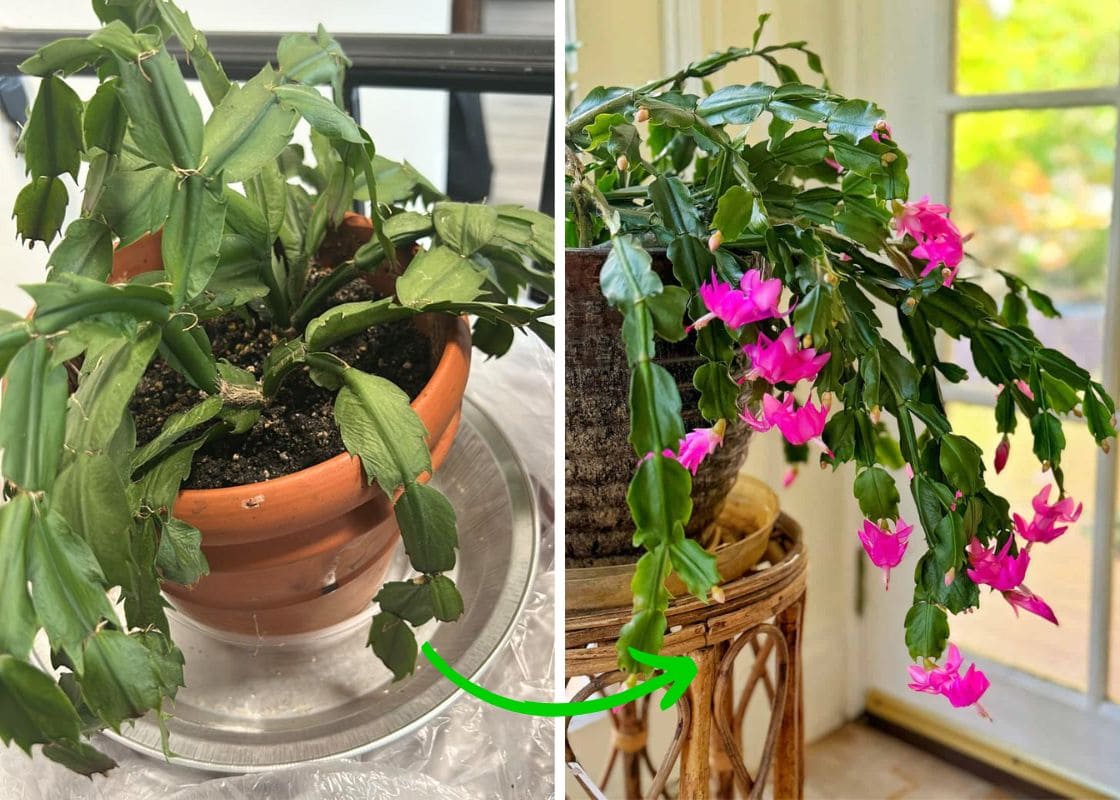Oleander is a popular choice in gardens worldwide, especially in regions like the Mediterranean and South Asia.
This ornamental shrub can grow between 2 to 6 meters tall and boasts striking blooms in white, pink, red, and yellow.
With narrow, lanceolate leaves, oleander adds a touch of elegance and greenery year-round.
Despite its beauty, oleander is highly toxic due to compounds like oleandrin, which are harmful if ingested, but don’t worry, with a little attention you can enjoy its beauty safely.
Summary:
- Oleander is a popular, vibrant, yet highly toxic shrub that thrives in regions like the Mediterranean and South Asia.
- Ensure full sunlight, well-draining soil, regular but careful watering, and proper temperature and humidity conditions. Then prune regularly and repot every few years.
- Stay vigilant for pests like aphids and scale insects, and manage fungal diseases.

| Scientific name | Nerium oleander |
| Common names | Oleander, rose bay, berium |
| Plant type | Evergreen shrub |
| Height | 2-6 meters |
| Flower colors | White, pink, red, yellow |
| Leaf shape | Narrow, lanceolate |
| Bloom time | Summer |
| Hardiness Zones | 8-11 USDA |
| Native range | Mediterranean region, South Asia |
| Toxicity | Highly toxic to humans and animals |
Caring for Oleander
Light
Oleander thrives best in full sunlight, requiring at least 6 to 8 hours of direct light each day.
If you’re growing it indoors or in a shaded area, make sure to place it near a south-facing window where it can soak up plenty of sun.

Without adequate light, oleander can become leggy and produce fewer flowers, diminishing its visual appeal.
Also, consider using grow lights like full-spectrum LED grow lights that mimic natural sunlight and help maintain the plant’s health, especially during the shorter days of winter.
Soil
You should use well-draining soil to prevent waterlogged roots leading to root rot.
Oleander thrives in sandy or loamy soil, which allows excess water to escape easily while retaining the necessary moisture and nutrients.

If you’re planting oleander in a pot, I recommend using a high-quality potting mix designed for shrubs or adding sand to your regular potting soil to improve drainage.
Adding perlite or gravel to the mix can also enhance aeration, ensuring the roots get enough oxygen.
Oleander is quite adaptable to different soil pH levels, but it performs best in slightly acidic to neutral soil (pH 6.0-7.0).
Water
You should maintain a consistent watering schedule. Oleander is drought-tolerant once established but it still requires regular watering to thrive, particularly in a container where soil can dry out faster.
To check if your oleander needs watering, simply stick your finger into the soil up to the first knuckle. If the soil feels dry at that depth, it’s time to water.

Typically, you need to water once or twice a week and ensure that water drains completely to prevent root rot.
In the winter months, oleander’s growth slows down, and it needs less water. Therefore, you can reduce the frequency to let the soil stay just slightly moist.
Besides, use room-temperature water to avoid shocking the plant. If you’re using tap water, let it sit for 24 hours before watering to dissipate chlorine and other chemicals.
Temperature and Humidity
Oleander thrives in warm climates and prefers temperatures between 60°F and 85°F (15°C to 29°C).
If you’re growing oleander in a region with cooler winters, plant it in a pot and bring the pot indoors when temperatures drop below 40°F (4°C) to prevent frost damage.
In addition, oleander is relatively adaptable and can handle both dry and humid conditions. However, it generally prefers moderate humidity levels.
In drier climates or during indoor winter months, I sometimes use a humidity tray or mist the plant occasionally to maintain the desired moisture levels.
Too much humidity, however, can promote fungal diseases, so it’s crucial to ensure good air circulation around the plant.
Pruning
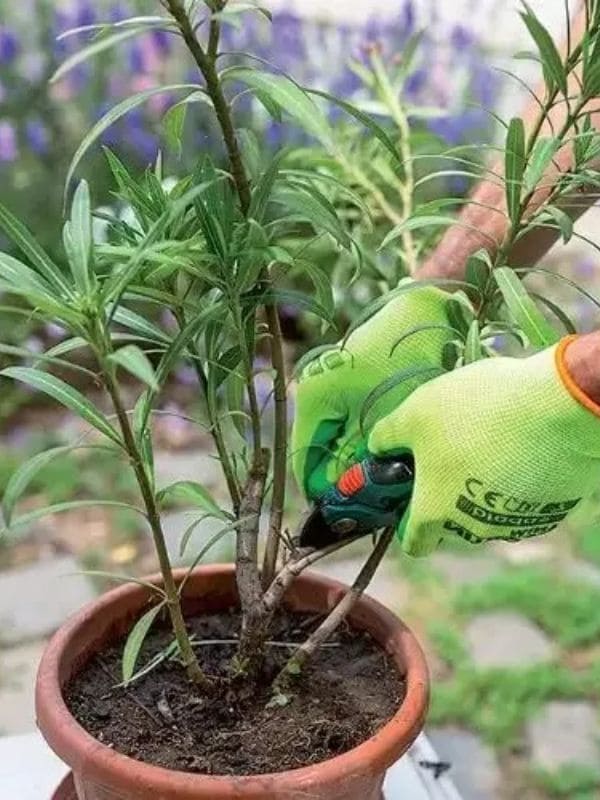
In late winter or early spring, just before the new growth starts, you should cut back about one-third of the plant’s overall size to encourage bushier growth and more flowers.
Besides, you can also create an open, airy structure to allow sunlight and air to penetrate through the branches, reducing the risk of fungal diseases.
Oleanders are especially toxic, so always wear gloves to protect your skin from contact with their sap and wash your hands thoroughly after handling them.
In addition, never compost them, as the toxins can remain active. Instead, you should dispose of them with regular garden waste.
Fertilizer
Oleander benefits from a balanced, slow-release fertilizer with equal parts nitrogen, phosphorus, and potassium, such as a 10-10-10 or 20-20-20 blend.
You can start fertilizing your oleander in early spring and follow up with additional applications every six to eight weeks until late summer.

However, over-fertilizing can lead to excessive foliage growth at the expense of flowers, so you need to stick to the recommended dosage on the fertilizer package.
Addition, it’s better to incorporate organic matter, such as compost or well-rotted manure, into the soil to improve soil structure and water retention.
Repotting
If you plant oleander in a pot, every two to three years or whenever you notice that the roots are starting to outgrow, you should repot.
The best time to repot oleander is in the spring, you need to select a pot that is one size larger than the current one with ample drainage holes, then chóoe a blend of potting soil, sand, and perlite.
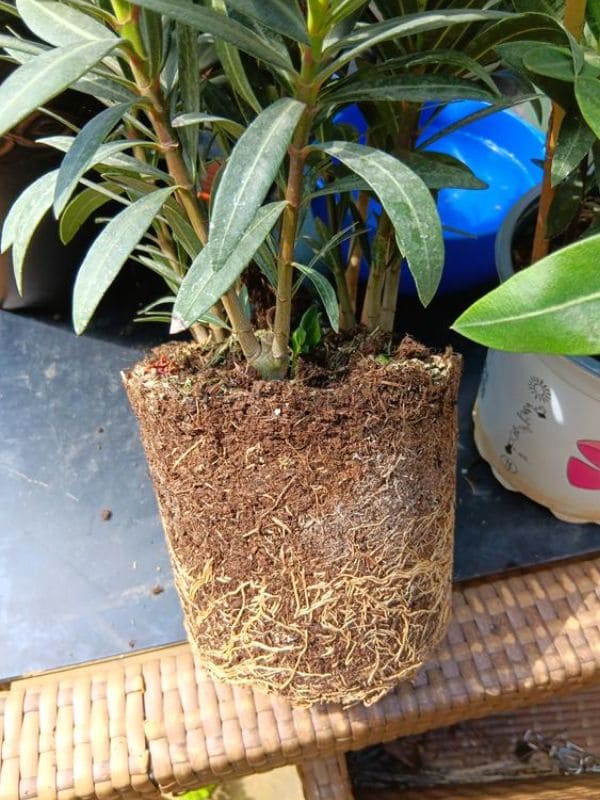
Next, carefully remove the oleander from its existing pot, if the roots are tightly bound, you can prune them slightly.
After placing the plant in the new pot, you fill in around it with fresh soil, pressing down lightly to eliminate air pockets.
Finally, you only need to water thoroughly and keep the newly repotted oleander in a shaded area for a few days before gradually reintroducing it to a new environment.
Pests and Diseases
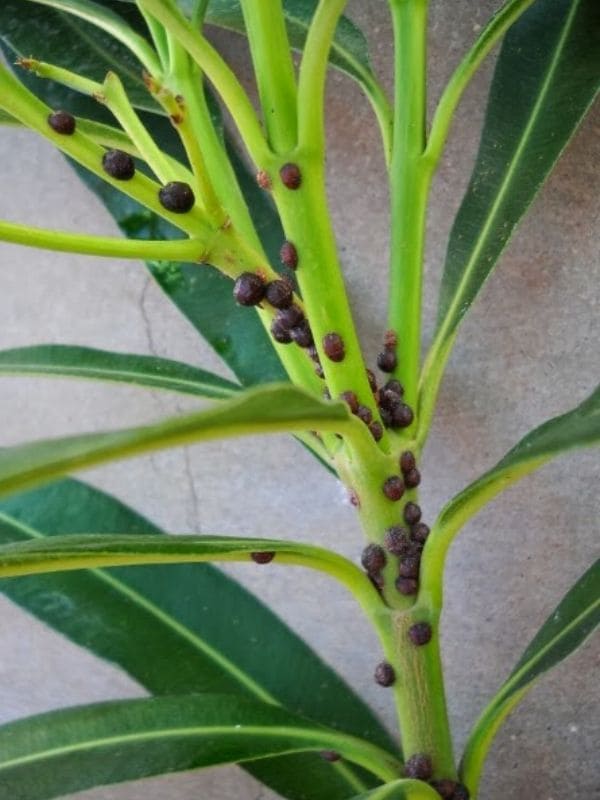
Aphids are quite common, they appear on new growth and the undersides of leaves sucking sap from the plant and leading to yellowing leaves and stunted growth.
If you spot an infestation, immediately treat it with insecticidal soap or neem oil, both effective and environmentally friendly options.
Besides, you can easily see scale insects appearing as small, brown bumps on stems and leaves and weakening the plant by sucking its sap.
But don’t worry because you can manage them by removing them manually with a soft brush or cotton swab dipped in rubbing alcohol.

Apart from pests, your oleander can suffer from fungal diseases like powdery mildew and leaf spot. If you face these, improve air circulation and apply a fungicide.
You also need to ensure well-draining soil and proper watering practices to prevent root rot.
Common Problems
Yellow Leaves
This can be caused by overwatering or poor drainage leading to waterlogged roots.
Therefore, you need to ensure your oleander is planted in well-draining soil and reduce the frequency of watering as well as let the soil dry out between waterings.
Wilting
Wilting is often due to underwatering or extreme heat. Even though oleander is drought-tolerant, it still needs regular watering
As a result, in hot weather, you should check the soil moisture frequently and water thoroughly when the top inch feels dry.
Not Blooming
Your oleander not blooming can be due to insufficient sunlight, as oleander needs at least 6 to 8 hours of direct light daily to produce flowers.
Besides, over-fertilizing with high nitrogen content can also prevent blooming, as it promotes foliage growth at the expense of flowers.
You need to use a balanced fertilizer and avoid excessive nitrogen to promote blooming, then prune properly.
FAQs
How fast does oleander grow?
Oleander typically grows 1 to 2 feet per year. With adequate sunlight, regular watering, and balanced fertilization, it can reach its full height of 6 to 12 feet in a few years.
Are oleander blossoms good as cut flowers?
While beautiful, oleander blossoms are not ideal for cut flowers as they wilt quickly and are toxic.
How do you revive a dying oleander?
You should water deeply if too dry or improve drainage if too wet. Then, prune dead or diseased branches and apply a balanced fertilizer.
Are coffee grounds good for oleander?
You need to use coffee grounds moderately as they provide nitrogen. Consider mixing them with other compost materials to balance soil pH.
